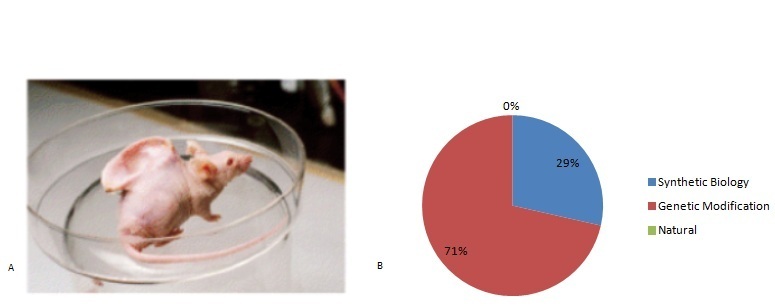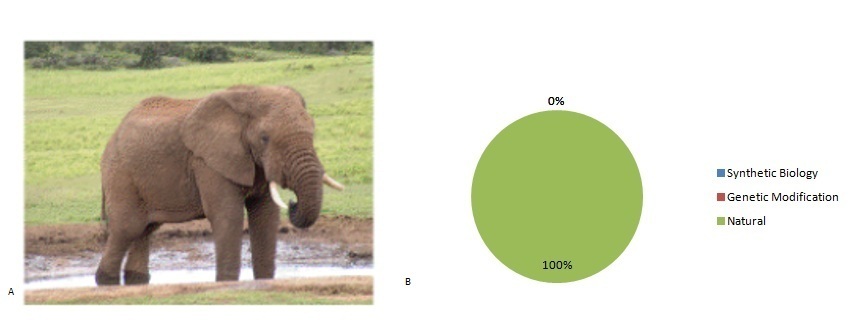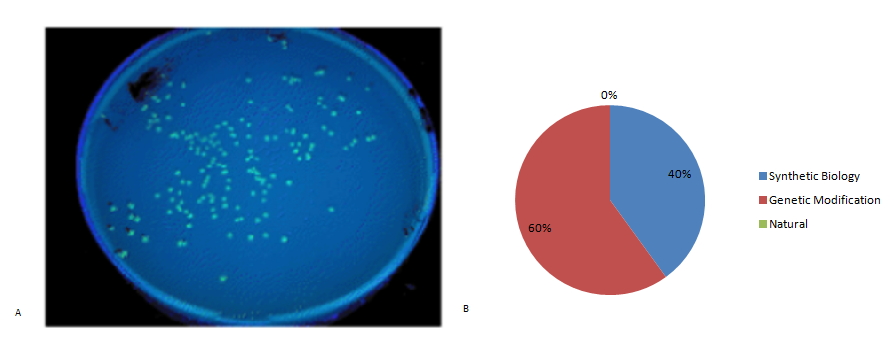Team:UEA-JIC Norwich/Human practices/Interviews
From 2011.igem.org
(Difference between revisions)
Benjevans1 (Talk | contribs) |
Benjevans1 (Talk | contribs) |
||
| Line 39: | Line 39: | ||
Once the topic of synthetic biology had been approached we wanted to know what people’s thoughts and feelings were on the matter and why they had these opinions. We conducted a number of interviews with the general public and planned synthetic biology based outreach events (please see our outreach section) in order to gain both adults and children’s perspective. The interviews allowed us the chance to analyse responses and explore whether synthetic biology is in fact a feared topic. | Once the topic of synthetic biology had been approached we wanted to know what people’s thoughts and feelings were on the matter and why they had these opinions. We conducted a number of interviews with the general public and planned synthetic biology based outreach events (please see our outreach section) in order to gain both adults and children’s perspective. The interviews allowed us the chance to analyse responses and explore whether synthetic biology is in fact a feared topic. | ||
| - | Not only did we want to get people’s opinions on synthetic biology we also wanted to demonstrate that it is different from Genetic Modification and to see how many people knew the difference between the two terms. This was achieved by offering definitions of each term during the interview and by showing a series of images which the interviewee could say they thought represented synthetic biology, genetic modification or nature. The responses from the interviews and the results for the image test can be seen below. | + | Not only did we want to get people’s opinions on synthetic biology we also wanted to demonstrate that it is different from Genetic Modification and to see how many people knew of the difference between the two terms. This was achieved by offering definitions of each term during the interview and by showing a series of images which the interviewee could say they thought represented synthetic biology, genetic modification or nature. The responses from the interviews and the results for the image test can be seen below. |
<br> | <br> | ||
| Line 111: | Line 111: | ||
<br> | <br> | ||
<br> | <br> | ||
| - | In order to collect quantitative data, we showed participants the following images during | + | In order to collect quantitative data, we showed participants the following images during each interview and asked them to determine whether they perceived the image as representing synthetic biology, genetic modification, nature or even combinations of all three. |
<br> | <br> | ||
<br> | <br> | ||
Revision as of 18:40, 19 September 2011
UNIVERSITY OF EAST ANGLIA-JOHN INNES CENTRE
 "
"









